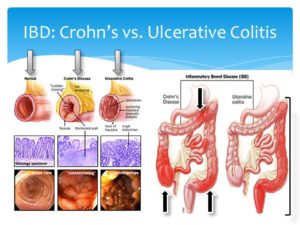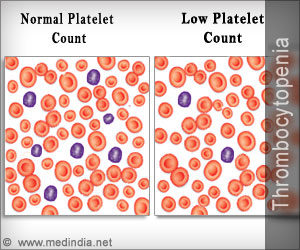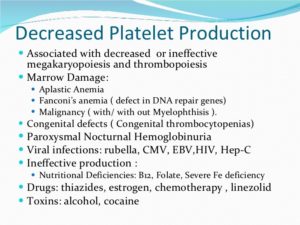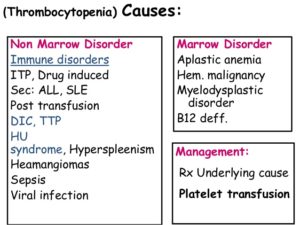
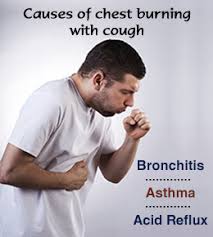
 Temporary Solution
Temporary Solution
The cough reflex is one of humans’ most vital defenses, highly effective in clearing secretions and preventing foreign materials from entering the lower respiratory tract. However, when a pathological cough persists without serving any useful purpose, it can be highly irritating and disruptive, causing significant sleep disturbance, chest pain, urinary incontinence, frustration, anger, and depression. “It’s easy to underestimate the tremendous quality of life issue that cough is, not only for the patient but for the family. Some of our patients have been coughing every single day for ten, twenty, even thirty years,” founded at the Montefiore Cough Center, one of the few specialty cough centers in the United States.
The Montifiore Cough Center found the following information via there research:
Despite the prevalence of cough, researchers have yet to fully understand its mechanism and relationship with the brain. Stimulation of the vagus—a cranial nerve with motor function in the larynx, esophagus, lower respiratory tract, and ear—can stimulate the cough reflex. The transient receptor potential vanilloid (TRPV1) receptor, a sensory nerve channel known as a “cough receptor,” induces the reflex when stimulated by irritants such as capsaicin (derived from red chili peppers), hydrogen, heat, low pH, certain enzymes, and anandamide (a naturally occurring, euphoria-inducing brain neurotransmitter).
The cough mystery presents a particular challenge to those who attempt to diagnose and treat it. Physicians need to maintain the protective cough, an important barrier reflex that prevents complications like bronchitis, pneumonia, and lung collapse, but eliminate the maladaptive cough. To do this successfully, the cough’s underlying etiology must be identified and addressed.
Manypatients cough due to post-nasal drip, or upper airway cough syndrome (UACS). UACS is often treated with a combination of a first-generation decongestant /antihistamine and other nasal corticosteroids, nasal ipratropium bromide, or nasal cromolyn. Newer generation, non-sedating antihistamines such as Claritin, Zyrtec, and Allegra, which circumvent drowsiness because they don’t pass the blood-brain barrier, are ineffective for treating UACS-associated cough.
Asthma, whether “cough-variant” (where cough is the sole or predominant symptom) or “classic” (with symptoms including wheezing) is the second most common cause of chronic cough, found in 24-29% of patients at Montefiore. Coughing inflames the sensory afferent nerves (those that carry messages from receptors to the central nervous system). Leukotrienes, lipid mediators whose production also generates histamines, are thought to contribute to the inflammation. Asthma therapy (usually a combination of inhaled bronchodilators and steroids) can take up to eight weeks to show improvement. An oral leukotriene receptor antagonist known as zafirlukast has in some cases been more effective than steroids in reducing asthma-associated cough, possibly because it more effectively suppresses the interaction of eosinophils (white blood cells that fight concomitant infection during asthmatic reaction) with cough receptors. Non-asthmatic eosinophilic bronchitis, a condition characterized by chronic cough without the airway remodeling common to asthma, is often misdiagnosed as cough-variant asthma because it responds similarly to inhaled corticosteroids.
Gastroesophageal reflux disease (GERD) is among the most common etiologies of cough, and perhaps the most difficult to diagnose. Most patients with reflux-associated cough have no other symptoms of GERD, though the characteristic heartburn, nausea, and regurgitation may subsequently appear. The standard GI workup for GERD—endoscopy, barium esophagram, prolonged esophageal acid monitoring, and impedance monitoring—may not detect mild acid exposure, brief reflux events, rapid esophageal clearance, and distal or “high” reflux. “You might send your patient for a full GI workup and receive test results that are unremarkable, but that patient’s reflux still causes an incredibly life-jarring cough”.
Chronic cough can also result from laryngopharyngeal reflux (LPR), a subtype of GERD in which reflux reaches the upper airways. People with LPR often cough when eating, drinking, laughing, talking on the telephone, or getting up in the morning, and may experience hoarseness or other voice change.
The current GERD diagnostic options and treatment therapies may be inadequate, though better options are beginning to emerge. Twenty-four-hour catheter-based pH monitoring, for example, is invasive and often inconclusive as patients typically modify their activity and diet the day they wear the nasal catheter. Better but costlier options include the Bravo™ pH Monitoring System, in which a tubeless monitoring capsule is placed in the mucosal wall of the esophagus, transmitting pH data to a pager-sized receiver worn on patient’s belt over a 48-hour period; and Multichannel Intraluminal Impedance (MII) Testing, which assesses acid and non-acid reflux, adequacy of acid suppression, and symptom-reflux association. Treatment for GERD—usually aggressive acid suppression therapy, an approach that requires significant diet and lifestyle modification—may still be inadequate, and the addition of prokinetic therapy with additional medication may be necessary. Those who don’t respond sufficiently to acid suppression and prokinetic therapy may be candidates for laparoscopic Nissen fundoplication, or “antireflux surgery,” which, based on small published reports, has yielded quality of life improvements in up to 90% of patients who have undergone it.
Postinfectious or postviral cough, a harsh, dry, persistent hack remaining from an upper respiratory infection, has been historically difficult to treat. This cough creates persistent airway inflammation, which in turn causes enhanced cough sensitivity, creating a vicious cycle that inhibits healing. Postviral coughs can persist for weeks or even months and may respond to antiinflammatory agents, such as inhaled and oral steroids.
More effective cough treatment options are needed, yet no new antitussive drugs have been developed in the last half century. With the discovery of TRPV1, however, pharmaceutical companies’ interest in these medications has surged. Numerous potential novel antitussive agents are now being studied, including antagonists to eosinophil, tachykinin receptor, 5-HT receptor, and TRPV1 receptor; agonists to the delta-opioid receptor, NOP receptor, and GABA-B; endogenous cannabinoids, and large conductance Ca+2-activated K+-channel openers.
The idiopathic (unexplained) cough remains a mystery. Patients with this cough—predominantly peri-menopausal women with a lower capsaicin threshold, many of whom have had an upper respiratory infection preceding symptom onset—may have been inadequately diagnosed. However, even after aggressive, comprehensive testing and treatment, some continue to cough. A percentage of these patients are reported to have lymphocytic airway inflammation and autoimmune diseases, but the link is neither consistent nor definitive.
Chronic cough is the most common reason that patients seek medical care, yet only a fraction of people with UACS, asthma, non-asthmatic eosinophilic bronchitis, or GERD actually experience this symptom, a phenomenon yet to be understood. These individuals may possess an intrinsically hypersensitive cough reflex, more easily triggered by aggravating factors to produce the reaction.
Although cough has been historically under-researched relative to its importance as a medical problem, the last decade has witnessed a significant increase in scientific activity dedicated to understanding the mechanism of cough, and identifying more effective therapies.


 Temporary Solution
Temporary Solution
